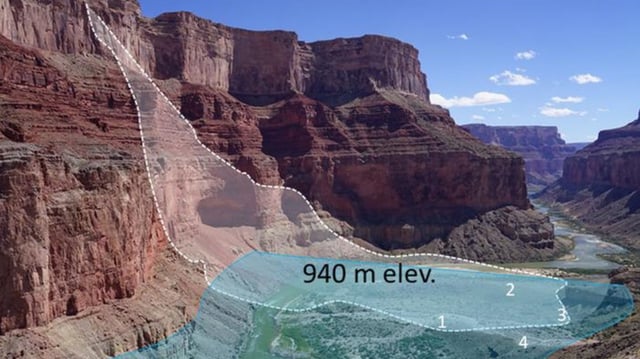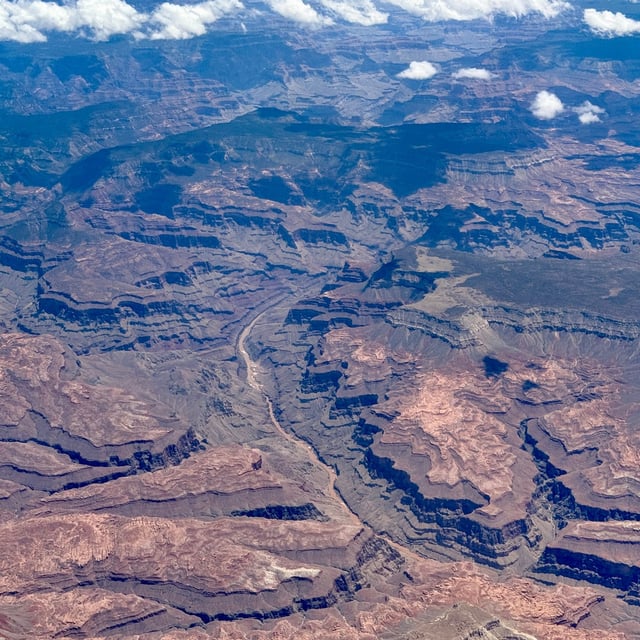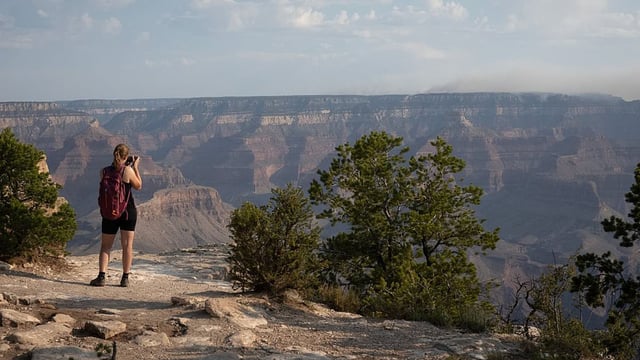Overview
- A Geology paper published July 15 reports driftwood and sediment ages from multiple caves converging at 55,600 ± 1,300 years old based on advanced radiocarbon and luminescence analyses
- David Kring’s seismic models calculate that the Meteor Crater impact generated a magnitude 5.4 earthquake that would have weakened Grand Canyon cliffs with M3.5 shaking 100 miles away
- Field evidence of chaotic dam deposits overlain by river cobbles at Nankoweap Canyon supports a natural landslide dam that formed a paleolake with water levels up to 940 m above the modern river
- The interdisciplinary team combined new geochronology from labs in New Zealand, Australia and Utah State University with geological mapping to argue for a causal link while noting other triggers remain possible
- This study builds on six decades of cave archaeology and earlier paleolake hypotheses to offer the most parsimonious explanation for high-elevation flood deposits in the Grand Canyon


